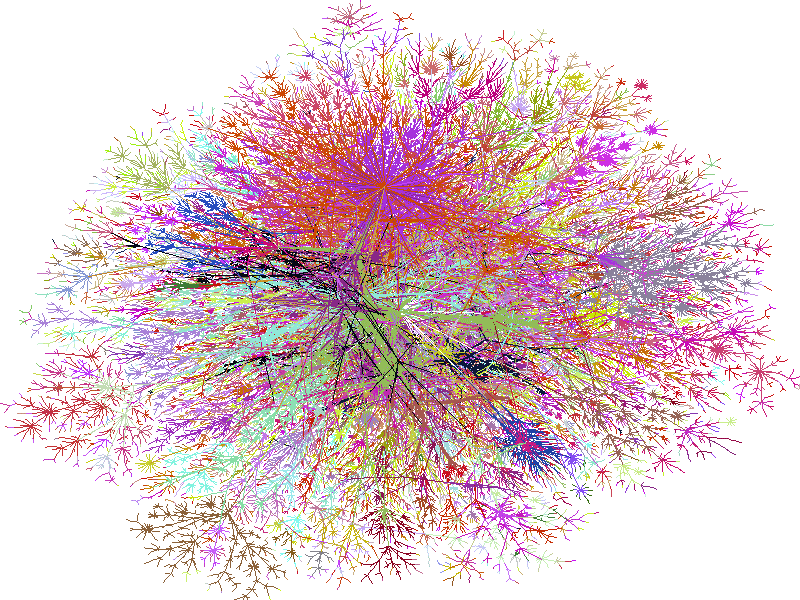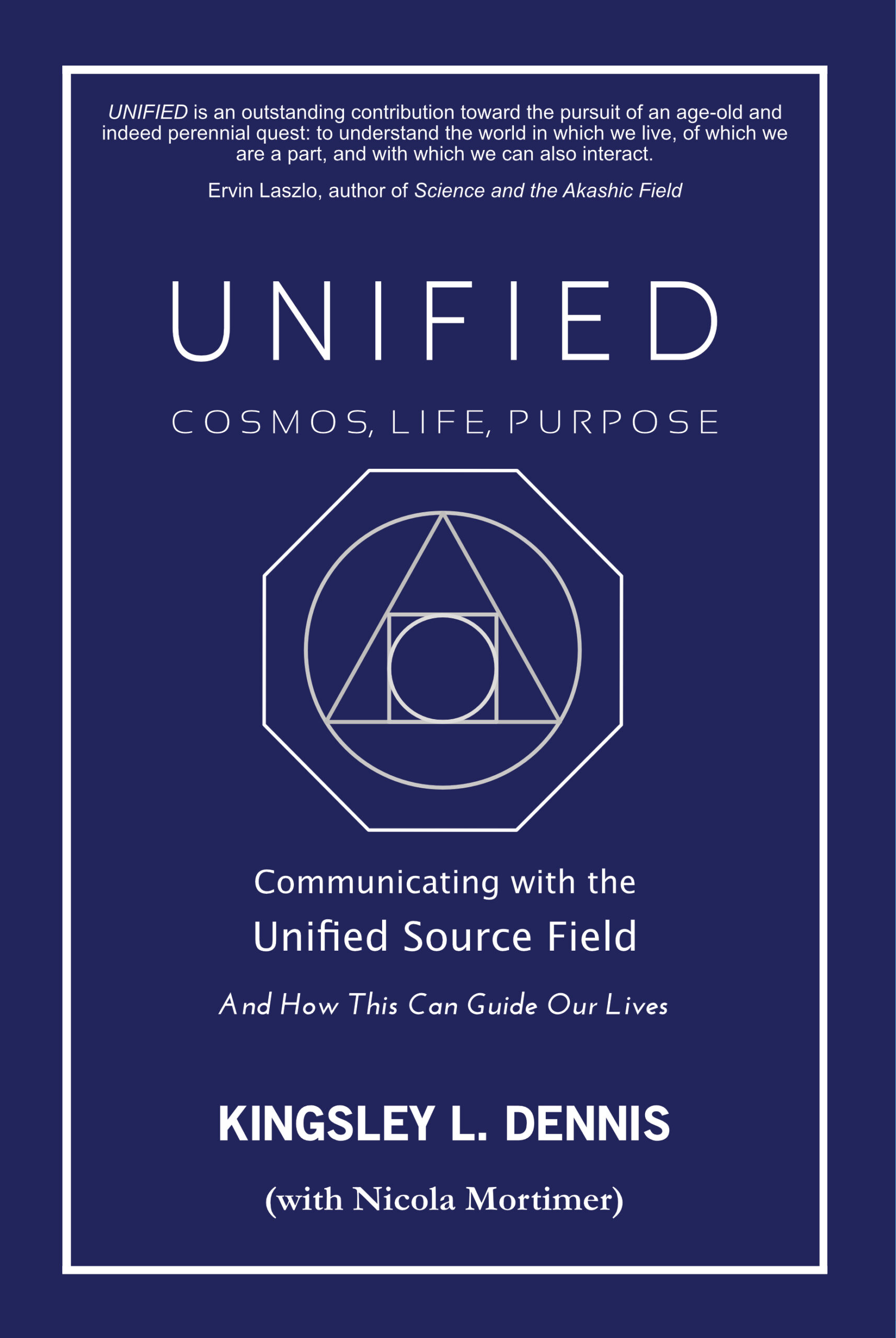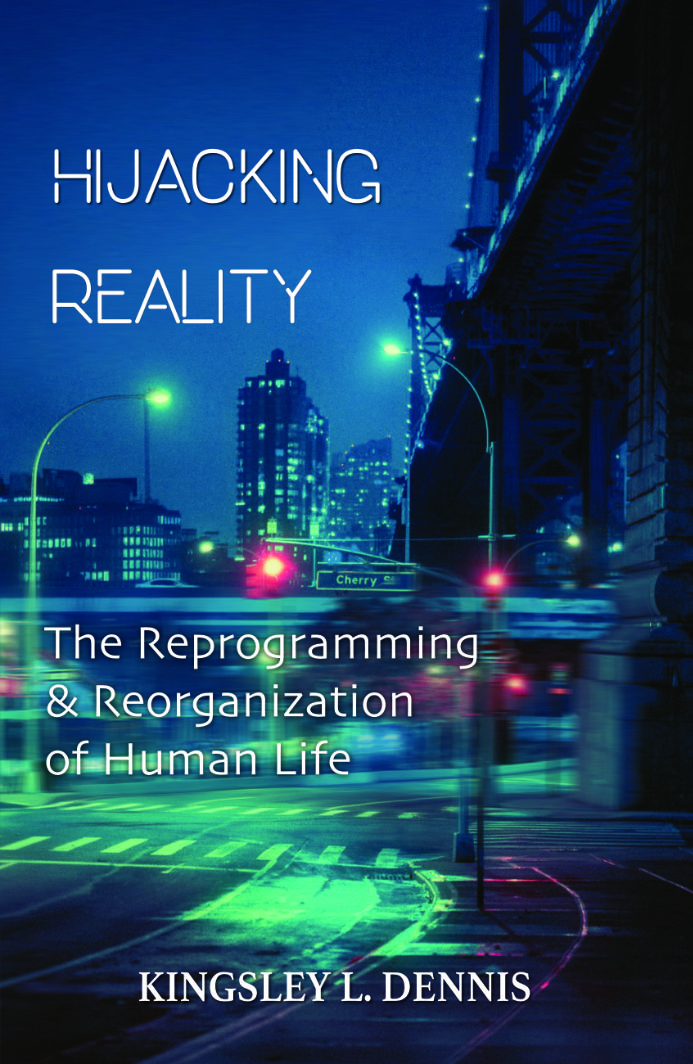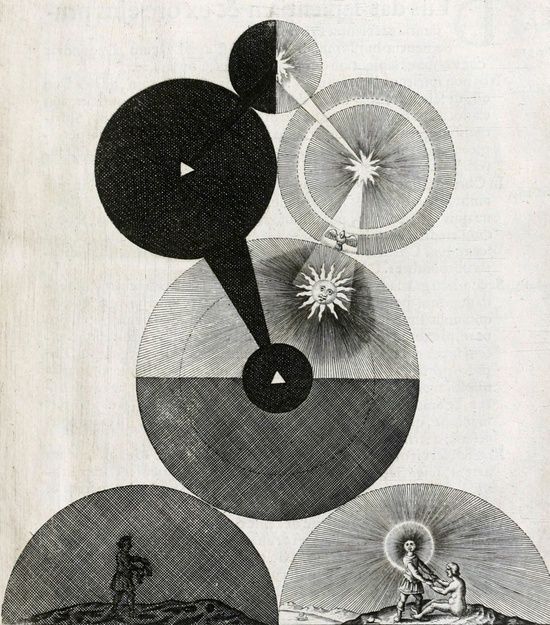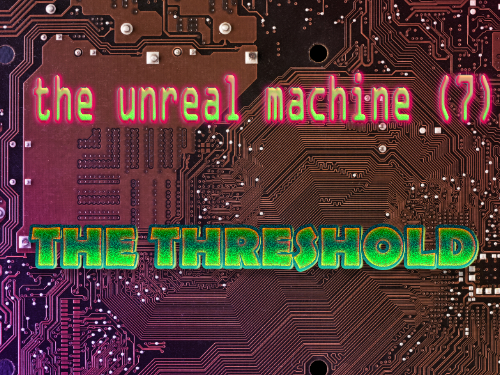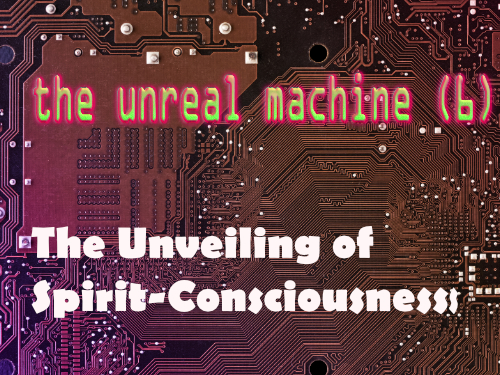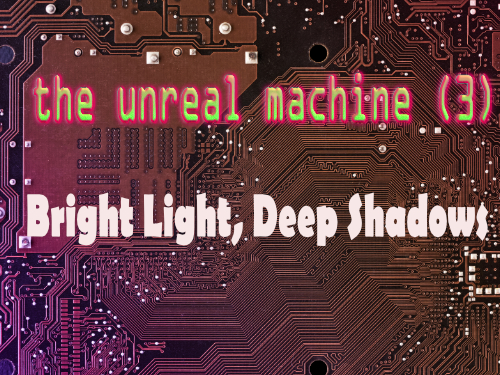What does it mean to say that we are ‘plugged-in’ to a source of creative streaming? And why is it that this phrase does not seem odd or out of place? Is it because modern lives, with its analogies of electrical ‘plugging-in’ and digital ‘streaming,’ have become the new vocabulary to understand our internal processes? Yet the concept of being plugged-in to creativity and insight has always been around – the Greeks knew it and every poet since – as being the work of the muses, those goddesses of inspiration. What is certainly changing is the language and how we understand these concepts. In today’s world the following extract may not seem out of place:
Innovation doesn’t emerge in a vacuum. It arises from a great collective ocean of thought into which we are all plugged-in. In this way, what is created from us is an expression of our streams of consciousness.
And yet it is all modern – a modern myth, you might say. Our cultural experiences, our technologies, and our vocabulary, all develop in relation to one another to influence not only how we see the world, but also how we respond to it. What if all the above – our worldview, cultural experiences, languages, and technologies – are an expression of how we actually understand the nature of human consciousness? It seems to this writer that the world around us is an ongoing reflection of how we ourselves develop our understanding of human consciousness – and it seems like we’re now being spotified! Let me try to explain what I mean by this.
Human technologies that are designed to enhance – or at least amplify – our relationship to the world have an essential, and often overlooked, connection with the state of human consciousness. Sometimes this innate relationship is out of balance, is lopsided and incongruous, and results in technologies of destruction. Other times the relationship is more aligned and results in creative innovation that aims toward the betterment of human life upon the planet. Our recent wave of technological progress can be traced back to the industrial revolution that emerged in the western world in the latter part of the 18th century. Yet it was the Second Industrial Revolution a century later that produced electrification and gave rise to the great technologies of communication (transport, radio, telephone, television, radar, etc). These industrial technologies embodied the mindset of progress and material betterment. Literature of the age abounded with metaphors of electricity as these technologies also sparked the creative imagination. The history of communications, with its increasing ability to establish connection and communication between peoples at further and further distances, called for a new reorientation of human perspective. A new perception of the dimensions of space and time began to birth a psychological consciousness – one that wanted to look beyond the borders and horizons of the physical frontier. The physical constriction of time and space mirrored the inner exploration that surged within the 20th century. The early part of the 20th century was a period when the ‘collective unconscious’ was becoming a conscious part of the collective mind. The theories of Freud, Jung, Reich, and other psychoanalysts were changing how people regarded human behaviour and parameters of human thinking. These developments coincided with the rise of the motion pictures – a way of projecting internal ideas onto the external screen – as a cultural phenomenon.
The 20th century thus became a time for asking and answering such questions as: What lies beyond life? What is behind matter? What lies behind our conscious thoughts? What lies behind all biological life? This thrust for seeking human meaning in both outer and inner realms reached a zeitgeist in the second half of the 20th century as the East came to meet the West. A Western counterculture emerged through the newfound popularity of Eastern teachings (Buddhism, Taoism, Sufism, etc.) and the experimental playfulness of mind-altering processes. People were increasingly exploring their own feelings, self-reflection, and the interior gaze. Timothy Leary was right to suggest that the new era had shifted to ‘the politics of the nervous system.’ By the 1990s the most popular poet in the United States was the Persian Sufi Jalalludin Rumi; holography and the holographic universe was a new popular paradigm; the left-right working of the brain hemispheres was a popular subject; the Internet was revolutionizing communications; and notions such as the noosphere, Global Brain, and collective consciousness were almost commonplace. The spectacular rise in global communication technologies (Internet-enabled devices, digital platforms, social networks, etc) reflected a new form of participatory consciousness, especially among younger people that did not exist previously.
The previous mindset – sometimes called the ‘industrial mindset’ – was one that viewed the materiality of life as the dominant consciousness. This was a consciousness of acquisition, possession, ownership, and ultimately control. It was all about who had the hardware, and the power to control the hardware over others. It was an age that flourished on patents and copyright, and restriction and centralization. It was all very tangible, and solid, and could be seen, felt, and known. It was about communications via cables (that could be cut), and everything was attached, and thus everything contained in the grid – in the physical matrix. Then technologies started to change: the cables began first to disappear beneath the ground (or sea), and then to disappear all together as wireless and satellite became main commercial and civilian channels. The leads between the keyboard, mouse, and monitor vanished too. Things started to connect in non-visible ways; and they got smaller too. Then instead of just the computer we had multiple devices to connect to the ethereal (‘where-exactly-is-it’) web. And then our technologies became increasingly distributed and decentralized as networking became the dominant paradigm and way of operations. All that was solid was now melting into air.
The visionary Buckminster Fuller noted this decades earlier when he wrote of ‘ephemeralization,’ in which he said there was a technological trend that was shifting from heavy cables and towers/masts to fibre optics, then to space satellites (he sadly wasn’t around for wi-fi). This showed how a civilization was transforming from heavier materiality toward lighter, more subtle, forms of connectivity and functionality. Similarly, the British historian Arnold Toynbee coined his ‘Law of Progressive Simplification’ from his extensive meta-historical study on the rise and fall of civilizations. By this, Toynbee indicated that civilizational growth was not so much measured by material resources but rather by its ability to transfer increasing amounts of energy and attention towards non-material growth, such as culture, education, artistic pursuits, community, wellbeing, etc. Toynbee also coined the term ‘etherealization’ to describe the historical process whereby a society learns to accomplish the same, or more, using less time and energy. We could say that the current peak of this ephemeral/ethereal-ization is in digital streaming.
Human technologies are fast merging into our ambient environments – into the vast ocean – so becoming increasingly more ethereal and seamless. Technologies will progressively aim to stream into our environment and daily lives – to merge into and facilitate an age of access. This reinforces and facilitates our shift from a culture and mindset of acquisition toward one of participation, whereby the greater power is not in the control of ownership (the old mind/paradigm) but in the way of collaborative participation and in ‘sharing the streaming.’ The future is trending toward distributive and networked access rather than the ownership of things. We can see this in how technology is opening up new means of access in ride-sharing, crowd-sourcing, open-sourcing – from Netflix to Spotify (and the rest). We’ve moved from the ground (hardware/hard drive) to the clouds (software/cloud computing) – quite literally! And yet this also conveniently (or coincidentally) mirrors a new understanding of human consciousness.
Up until recently the mainstream theory on human consciousness was that consciousness is solely a by-product of localized brain activity. That is, it is the result of a sufficiently complex brain structure and activity. Just as a generator creates electricity, so does the brain produce consciousness – it’s as simple as that, or so it was thought. And yet this theory has encountered too many anomalies of late to retain its validity It is also the view of this author that consciousness is a non-local phenomenon that is accessed by the brain (and to some extent the human nervous system). In other words, consciousness is not a by-product of the brain, but rather the brain receives and interprets consciousness, which is infused throughout the cosmos, but does not produce it. We are not the owner of our thoughts; instead we are the interpreters of the streams of consciousness that we receive. Conscious thought is more about access than it is acquisition. Does this sound familiar? We don’t own our thoughts, any more than we own the songs we listen to on Spotify – we just have access to them, and we personalize their arrangement. We personalize conscious information and categorize it into our likes and dislikes according to our background (social conditioning). Just as we stream our music from the web and create our own individual, personalized playlists. The streaming of digital music – the Spotifying of music – is likely to be a permanent feature of the future precisely because it models how human consciousness operates. As discussed, our technologies are also shifting from ‘possession’ to ‘access’ – from owning a physical object (of music or thought), to receiving the stream of music or thought. As the fruits of modernity we have enjoyed the embellishment of details – the record cover design, the fold-out cd sleeve, etc; and these have become a beloved part of our tactile experience. Similarly, we have taken great pride (and often ego) in treasuring the thoughts we assumed to be our own. We have been immersed for an incredibly long time within a tangibly solid, object-orientated environment. The music was the album in our hands; we felt the need – and we needed the feel – to celebrate the physical presence: art as object and object as art. We have been honouring the islands of the visible moored within the waters of the invisible without realizing that everything is ‘in’ and ‘a part of’ this single vast ocean. Industrial era technologies eroded the invisible realm in order to support the visible plane. In what now appears to be a reverse trend, the visible plane is increasingly stepping back from the front-line to support the expansion of the invisible amongst our lives. We’re being spotified as our tangible technologies begin their march toward their embedded merging with our environment, out of sight, as if melting into the cloud. Our access is now progressively more through the receiving of information from the ‘ethereal’ digital cloud that is saturating the environment we live in. The environment, embedded with our technologies, is now streaming the information to us. While those of us from the pre-digital generations may find this some getting used to, those youngsters born into a fully-digital world understand this as completely natural. Why? Because this is how information/energy operates in the universe – it is already all around us, and yet each localized part streams the transmission from the nonlocal field. Human consciousness is continually receiving the streaming transmissions from the music of the spheres (the cosmos). We take this thought-music and arrange it according to our personal affectations and tastes; and then we manifest it into the world. Consciousness is not a by-product we produce from what we carry around with us in our heads. The object (the piece of music) will become less about what we carry around with us in our hands and more about what we can access. Our technologies are shifting us toward a new form of tactile experience; one where we participate by customizing and adapting the streaming information to better fit our personal lives. This is a form of engagement with information to better manifest and in-form our lives. This participation with information flows and streaming is representative of the era we are moving into, as the tangible melts into the intangible; as the visible plane dissolves its technological objects into the realm of the invisible. Our digital identities, traces, networks, and lives become merged with our physical footprints. The world is made flesh through streaming; just as we self-actualize and awaken as we further open our reception to the streaming of consciousness. Let us spotify our minds by receiving the music of wisdom, and may we manifest these truths within our lived experiences. In the end, no one owns anything permanently anyway – we cannot take anything with us when we go: ‘Take only what you can save from the sinking ship,’ yells the captain. In these crucial moments we know, and only wish, to save our selves. And yet our selves have always been safely stored in the great cloud all along… [1] It is not the aim, or scope, of this article to discuss all the anomalies or debates on human consciousness. There is already sufficient literature out there for the avid researcher. [2] For example, see the work of Stanislav Grof – http://www.stanislavgrof.com/ [3] Science and the Akashic Field: An Integral Theory of Everything by Ervin Laszlo [4] Morphic Resonance: The Nature of Formative Causation by Rupert Sheldrake

